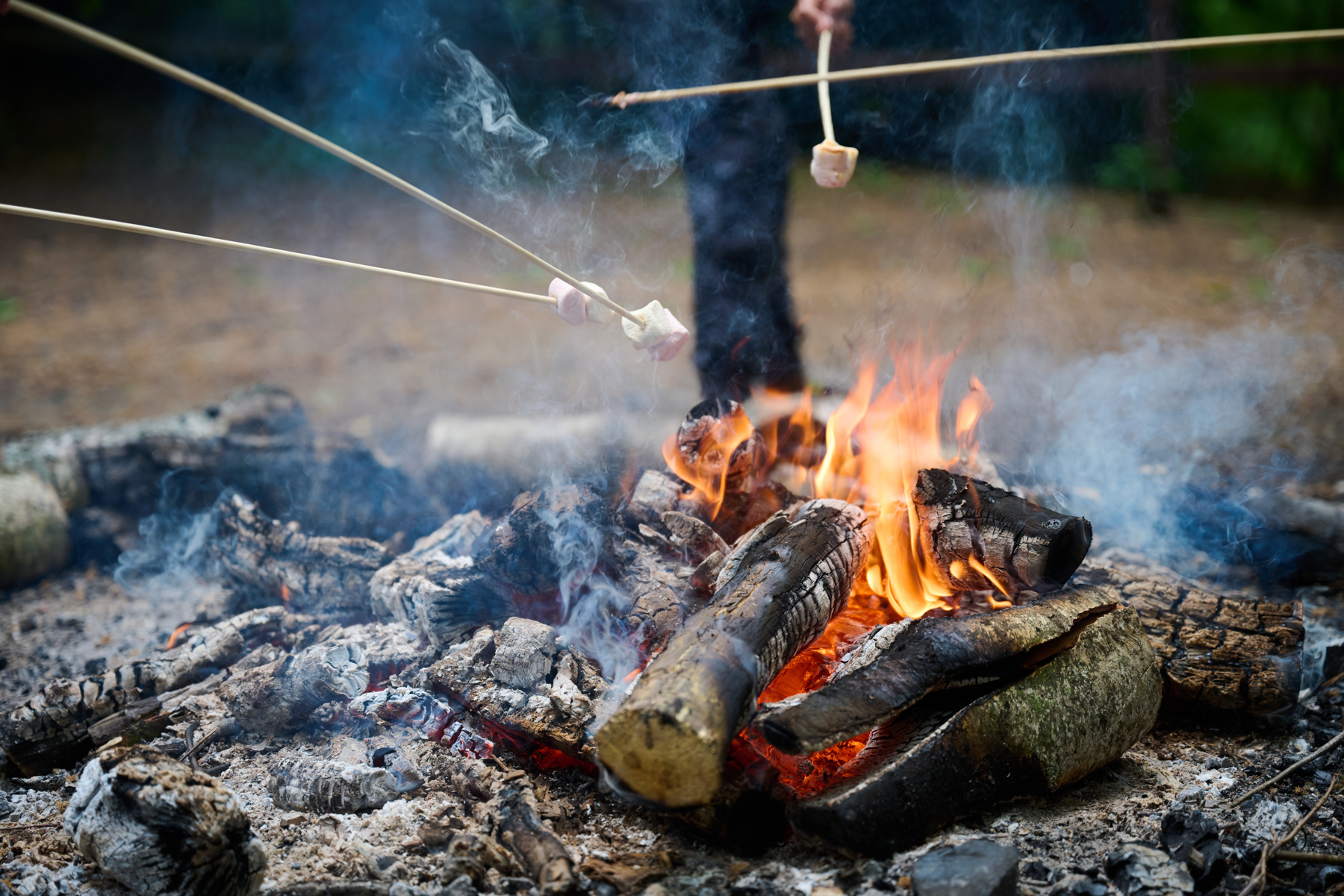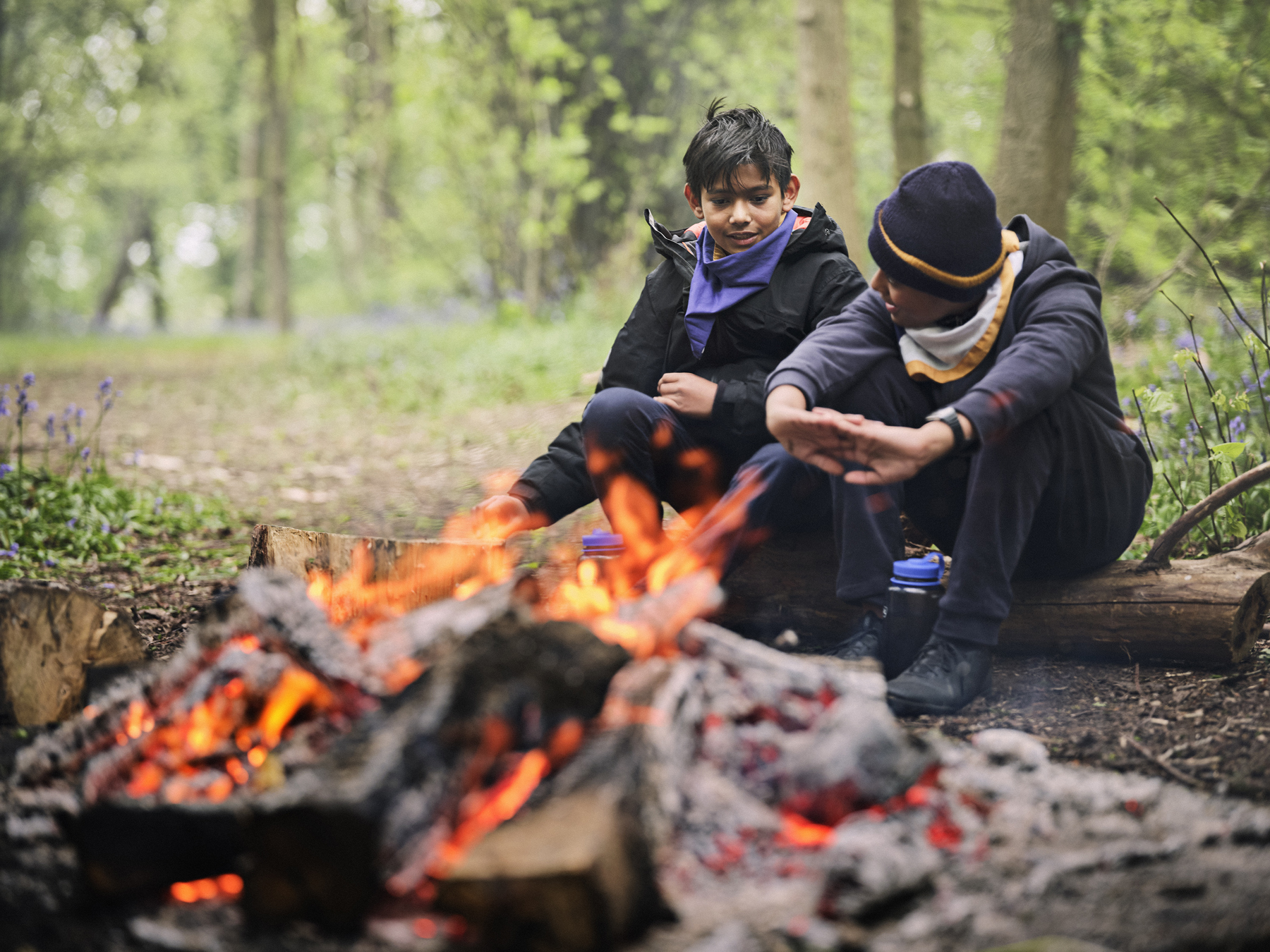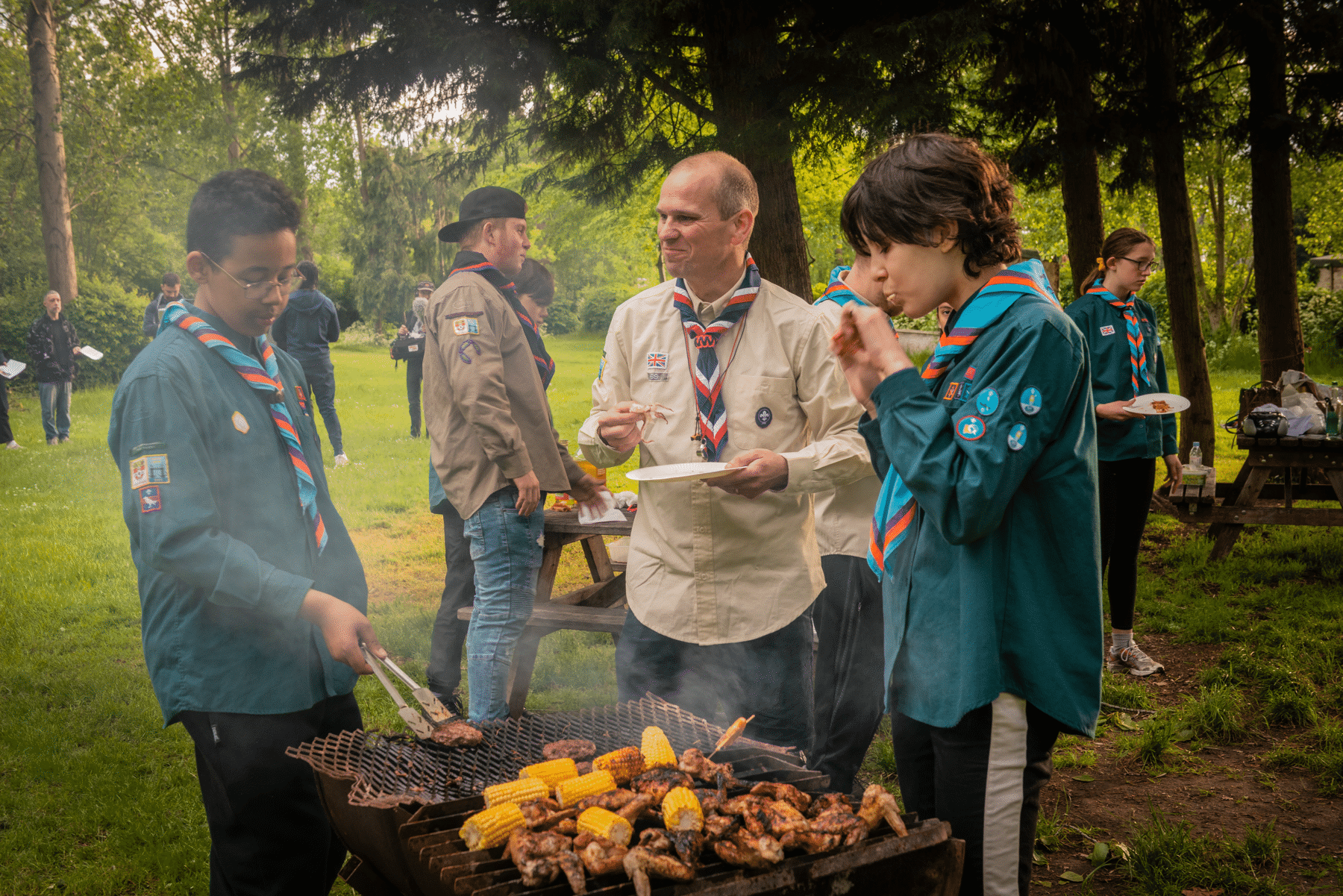How to stay safe from Carbon Monoxide
It's Carbon Monoxide Awareness Week. Gas Distribution Networks has partnered up with Scouts to help teach everyone about carbon monoxide safety.
We caught up with Gas Distribution Networks and wanted to share a some top tips on how we can all stay safe at home.
Four Gas Distribution Networks throughout England, Scotland and Wales help to manage the distribution of natural and green gas to homes and businesses. They make sure gas is delivered safely, reliably and efficiently.
The Gas Distribution Networks also provides the National Gas Emergency response. This means if you report a gas escape or gas emergency, either inside or outside your home, the Gas Distribution Networks’ engineers provide a 24-hour help service, 365 days a year, to make the situation safe.
If you think a gas appliance is leaking carbon monoxide, call the free National Gas Helpline immediately on 0800 111 999.
If you're a British Sign Language (BSL) user, you can use SignLive to contact the National Gas Emergency Service free of charge.

What’s carbon monoxide (CO)?
Carbon monoxide (CO) is a poisonous gas that can make you seriously ill if you breathe it in. CO can be made by fires and appliances that burn gas, wood, oil or coal.
You can’t see it, smell it, hear it or taste it, so you may not even know it's about until you have symptoms of CO Poisoning.
Why are the Gas Distribution Network working with Scouts?
The Gas Distribution Networks’ partnership with Scouts aims to teach young people about the dangers of carbon monoxide.
Over 4,000 people visit hospital each year with suspected carbon monoxide poisoning. If it’s not detected early enough, you can die from it. Therefore, it’s very important we raise awareness of the dangers of CO and how to keep safe.
Gas Distribution Networks want everyone to be able to recognise the signs and symptoms of CO poisoning, as well as know ways to prevent it.
Take a look at our Cubs Home Safety Badge or Gas Distribution Networks supported activities to learn about gas safety and CO in Scouts.

What are the symptoms of carbon monoxide (CO) poisoning?
The six main symptoms of CO poisoning are:
- headaches
- nausea
- dizziness
- breathlessness
- collapse
- loss of consciousness.
These symptoms often mistaken for other illnesses, such as food poisoning or flu.
The four key questions to check if it’s CO poisoning symptoms
These four key questions can be remembered using the acronym ‘COMA’. The answers given for each question help raise or lower suspicion of CO poisoning.
The questions are:
- C for Co-occupants: Is anyone else in the property affected (including pets)? If you answer yes, this could increase suspicion of CO poisoning.
- O for Outdoors: Do your symptoms improve when out of the house? If you answer yes, this could increase suspicion of CO poisoning.
- M for Maintenance: Are heating and cooking appliances or equipment properly maintained? If you answer no, this could increase suspicion of CO poisoning.
- A for Alarm: Do you have a CO alarm? If you answer no, this could increase suspicion of CO poisoning.
Take a look at our first aid related activities and Emergency Aid badges to help young people learn what to do in an emergency.

What should I do if I suspect carbon monoxide poisoning?
If you think you might have CO poisoning, you must:
- Stop using appliances you think might be making carbon monoxide (such as a boiler, cooker or heater) if you can
- Open any windows and doors to let fresh air in
- Go outside
- Get medical advice as soon as possible. Take a look at the NHS’ guidance on carbon monoxide poisoning.
- Remain outside the affected building until you’ve got advice
Get help from NHS 111 if you think you’ve carbon monoxide poisoning. Call 111 or get help from 111 online.
You must call 999 or go to A&E if you’re finding it hard to breathe, you suddenly become confused or if someone loses consciousness.

How can I stay safe when camping and cooking outdoors?
When camping and cooking outdoors, or taking part in other activities, you may be doing something that potentially puts yourself and others at greater risk of carbon monoxide (CO) poisoning.
Here are four top tips to help keep you safe:
- Keep cooking sources and areas ventilated: Never use barbecues, camping stoves or portable heaters in enclosed spaces (such as tents, yurts caravans or cabins) without proper ventilation. If you need a sheltered cooking area, consider an open sided gazebo, dining shelter or a marquee that has sufficient air circulation and ventilation.
- Maintain appliances and use for intended purpose:Always properly and regularly maintain appliances, and only use them for their intended purpose. Never use cooking appliances, such camping stoves, hot plates or barbecues, as heaters.
- Leave barbecues outdoors: Barbecues are still dangerous even once you’ve finished cooking. Barbecues can give off CO even after they’ve gone out. So, however tempting it might be, never move a barbecue indoors or into an enclosed space. CO can build up without you knowing, putting you and the people around you at risk.
- Keep generators and engines ventilated: Never operate petrol or diesel powered generators and engines in enclosed spaces. Petrol or diesel powered engines and generators can produce CO when used in enclosed spaces without sufficient air supply and ventilation.
Take a look at our gas safety advice for on camps and outdoor cooking.
How can I stay safe at home or at my Scout meeting place?
It’s also important that you keep yourself and others gas safe indoors, such as in your home or at a Scouts meeting place.
You can help to keep yourself safe at home or indoors by:
- Making sure all your gas appliances are checked every year by a qualified, Gas Safe engineer. If you’re a tenant, this is your landlord’s responsibility.
- Getting an audible carbon monoxide alarm for each room of your home that contains appliances that burn gas, oil, coal or wood. It’s very simple to do, and it might just save your life.
- Getting heating and cooking appliances properly installed and keep them well maintained.
- Making sure your boiler is serviced regularly by a qualified, Gas Safe engineer.
- Keeping chimneys and flues clean and well maintained.
What should I do if I suspect a gas leak?
It’s crucial to act quickly in a gas emergency. These are the steps you need to take, with a responsible adult if you’re a young person, to stay safe:
- Fresh air: Get fresh air immediately, which could be stepping outside or opening all doors and windows to ventilate the area.
- Turn off supplies: Turn off the gas emergency control valve (also called gas emergency shut off valve) at the meter. However, the meter is located in a basement or cellar or at the LPG bulk tank or storage vessels.
- Reduce risks: Extinguish all naked flames, such as candles, and don’t smoke. Don’t operate electrical switches, including turning light switches on or off, because this can ignite escaping gas.
- Contact Gas Emergency Helpline: Contact the relevant National Gas Emergency service number for your area. In England, Wales and Scotland, call the free National Gas Helpline immediately on 0800 111 999. The service is open 24 hours a day, 7 days a week.
- Follow advice: If the attending emergency operative identifies an issue with any gas appliances, follow their advice concerning the use of the equipment. Where advised, contact a Gas Safe registered engineer to fix the appliance and check it’s safe.
- Seek medical assistance: If you’re feeling unwell, visit your GP or hospital immediately and let them know you may have been exposed to carbon monoxide.
- Keep supplies off until checked: Don’t turn the gas supply on again until it’s been checked by a Gas Safe registered engineer.
There are some signs that might indicate a gas leak. If you think a gas appliance is leaking carbon monoxide (CO), a responsible adult should check these signs of CO to look out for:
- Check the flame. Flames on most heating appliances should be crisp and blue. If you notice yellow or orange coloured flames, they should be checked by a professional.
- Spot sooting and staining. You should look out for staining or discolouration on and around appliances. This could be a sign of CO.
- Look for excess condensation. If you notice excess condensation in rooms with appliances, this could also be a sign of CO.